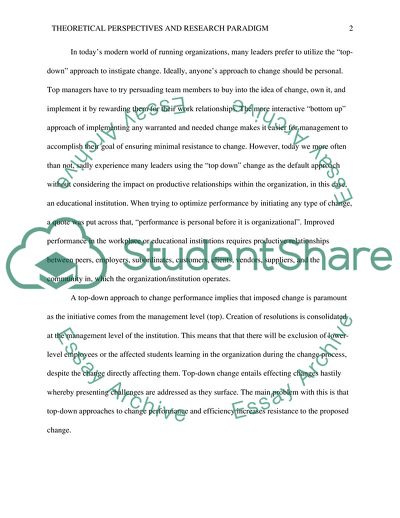Cite this document
(Theoretical Perspectives and Research Paradigm Literature review Example | Topics and Well Written Essays - 4750 words, n.d.)
Theoretical Perspectives and Research Paradigm Literature review Example | Topics and Well Written Essays - 4750 words. https://studentshare.org/philosophy/1835256-theoretical-perspectives-and-research-paradigm
Theoretical Perspectives and Research Paradigm Literature review Example | Topics and Well Written Essays - 4750 words. https://studentshare.org/philosophy/1835256-theoretical-perspectives-and-research-paradigm
(Theoretical Perspectives and Research Paradigm Literature Review Example | Topics and Well Written Essays - 4750 Words)
Theoretical Perspectives and Research Paradigm Literature Review Example | Topics and Well Written Essays - 4750 Words. https://studentshare.org/philosophy/1835256-theoretical-perspectives-and-research-paradigm.
Theoretical Perspectives and Research Paradigm Literature Review Example | Topics and Well Written Essays - 4750 Words. https://studentshare.org/philosophy/1835256-theoretical-perspectives-and-research-paradigm.
“Theoretical Perspectives and Research Paradigm Literature Review Example | Topics and Well Written Essays - 4750 Words”. https://studentshare.org/philosophy/1835256-theoretical-perspectives-and-research-paradigm.


